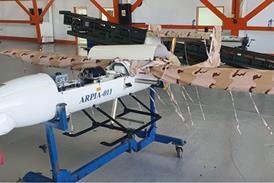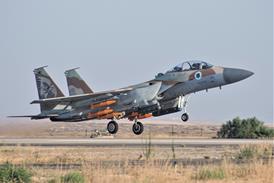FlightGlobal is the global aviation community’s primary source of news, data, insight, knowledge and expertise. We provide news, data, analytics and advisory services to connect the aviation community globally and help organisations shape their business strategies, identify new opportunities and make better decisions faster.
Scientific work on hold as ESA determines comet lander's condition

European Space Agency scientists have determined that their robotic lander Philae is on the surface of comet 67P/Churyumov–Gerasimenko, but it is not anchored as it should be and it is not sitting level. Philae, the washing machine-sized lander, may have come to rest on the steep ...
Keep reading this article by becoming a FlightGlobal member now
PLEASE REGISTER FOR FREE OR SIGN IN TO CONTINUE READING

You have reached your limit of free articles for this period. Register for a FREE account to read this article and benefit from:
- Increased access to online news and in-depth articles from:
- FlightGlobal Premium covering the global aviation industry
- Airline Business providing insight for business leaders
- Weekly newsletters on topics across the industry




















